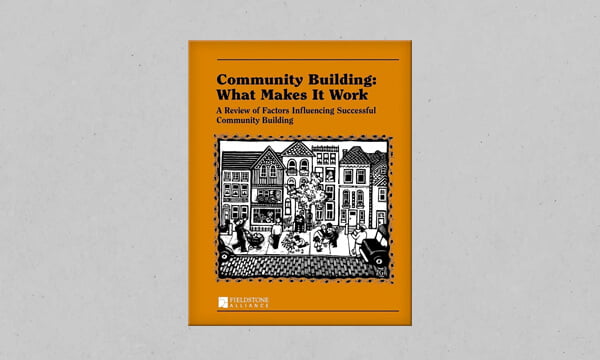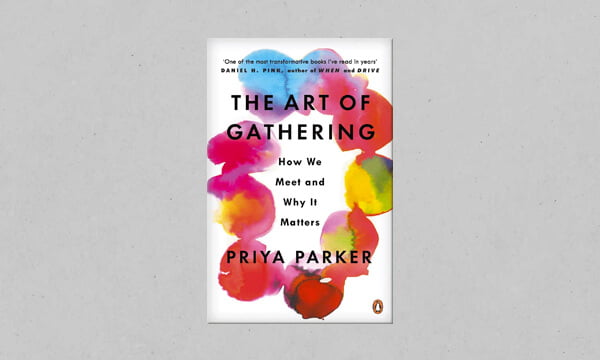Rural Community Building Tools
Community builders lead the way
Community Building Approach
Download the Rural Community Building Approach:

The content below goes deeper into each of the Rural Community Building Approach elements. It provides definitions, examples and some considerations for future action.

Connections
Listen to learn
Listen actively, openly and frequently to as many community groups as you can.
Examples
- A community wanted to expand their library, so they held listening sessions and conducted surveys to collect ideas from patrons about how to design the new space.
- One town held a series of conversations in schools that allowed students to share ideas regarding summer programs being designed for them. Inviting youth to share ideas over a pizza lunch may be just the incentive needed to open doors of communication and develop programs they are likely to love.
Consider
- Listening to gain understanding, not to respond or solve in that moment.
- Acknowledging that everyone has a unique perspective and set of experiences.
- Being aware that you don’t know what you don’t know.
- Asking yourself: Who haven’t you heard from?
Come together
Examples
- When residents of one small town started their vision planning, they brought all of the area’s 22 nonprofit organizations together in the same room.
- Many communities have gained momentum from holding annual festivals or music in the park concerts, or organized block parties and potlucks.
Consider
- Designing gatherings with more than one person or organization; shared design usually results in greater community ownership.
- Providing a meal, child care and flexible meeting times or an online option to allow maximum participation.
- Holding your gathering at a fun place where people want to be.
Capacity
Engage to mobilize
Examples
- A statewide group of Latinx leaders gets together regularly to connect, learn and take collective action.
- When a community priority recently emerged in a small coastal town, community builders gathered the energizers and mobilizers into a small working team.
- One group makes a practice of asking people, at the end of each gathering, who else should be involved in organizing the next meeting.
Consider
- Bringing in new people and the “unusual suspects” so that your group isn’t the same “tired 10” working on community issues.
- Being willing to delegate and let others take the lead.
- Involving all the stakeholders early, especially the naysayers.
Develop skills and networks
Examples
- At one nonprofit, a group of leaders traveled together to attend a training in another state to better connect and learn skills.
- Many groups hold monthly meetings where community builders from the same or different sectors gather to share upcoming events, available resources and organizational needs.
Consider
- Signing up for trainings from organizations such as the Nonprofit Association of Oregon or Rural Development Initiatives.
- Bringing a buddy to trainings. It’s less scary, more fun and you can take action better together afterwards.
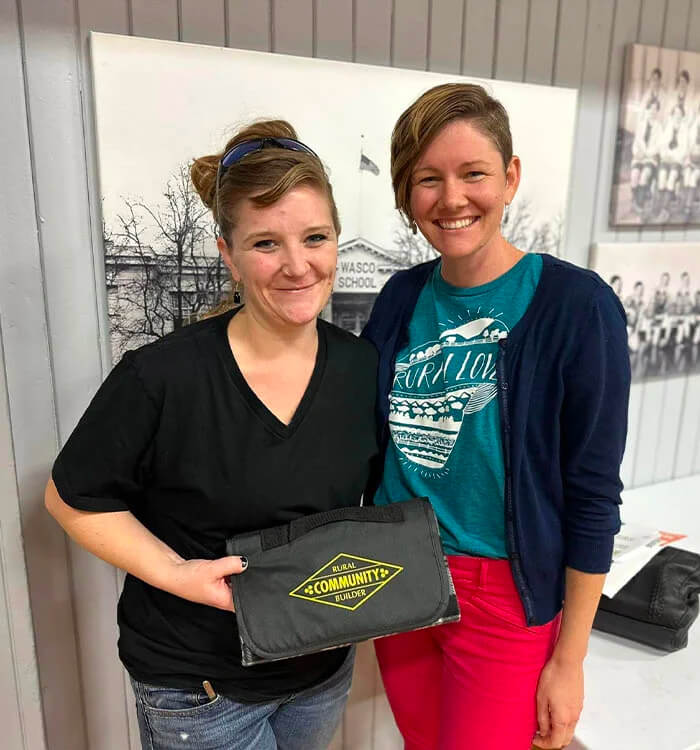

Community-led action
Plan together
Examples
- Several communities have hosted gatherings so residents can talk about what the future could look like in three months, three decades or anything in between.
- A group of small, unincorporated communities with no central government came together to create a comprehensive, unified vision plan to help direct their area’s future.
Consider
- Using community data like Oregon by the Numbers and listening strategies to inform your planning.
Create change
Get stuff done! Reach your long-term goals through short-term actions. Honor the pace of the community.
Examples
- An informal group of residents from diverse backgrounds holds regular volunteer work parties for landscaping and improvement projects.
- A community visioning group organizes action teams for each work area to ensure plan implementation.
Consider
- Documenting the activity and learning along the way — and don’t forget to take pictures!
- Having a longer-term vision, but at the same time building 90-day action plans to help keep activities moving and adaptive.
- Being willing to adjust when you come across new information, opportunities or resistance.
Community-building culture
Celebrate and reflect
Celebrate successes and learn from setbacks. Renew and re-energize.
Examples
- A first-ever Pride event helped one group celebrate who they are, while at the same time becoming more visible in the community.
- One community group gathers annually to celebrate what they’ve accomplished over the year, reflect on possible shifts and adjust their plans for the year ahead.
- Staff in one small city celebrate even the smallest achievement to keep energy up and honor the people who make it happen.
- An annual vision award gives one community the opportunity to recognize people and organizations that have contributed to community visions or strategic plans.
Consider
- Taking a moment to bring people or groups together to break bread, celebrate and reflect — especially if you are stuck in your community building work.
- Recognizing a rural community builder you know.
- Calling out any setbacks, analyzing the cause, regrouping and developing a new path forward.
Transform
Seek to understand and shift the systems and structures that would allow for a more thriving community.
Examples
- Neighbors begin to see their role in a community building effort in a new light, telling different stories about their community and its capabilities, seeing how the work connects to other organizations, programs and communities.
- Community builders connect with each other and with local and statewide institutions to nurture the work. Staff from those institutions embrace “go to where the people are” and make the drive to remote areas of the state.
- State and regional leaders seek the wisdom of rural community builders to inform policy that reflects the rural realities and aims to improve the lives of rural residents.
Consider
- Being willing to not be right or not be the best. Transformation can better happen in a space of curiosity, humility, willingness to learn and desire to grow for the good of the whole.
- Asking yourself, “What systems are supporting our work? What systems are holding our work back?”

Principles behind the Community Building Approach
Go to where the people are
Start with what you know, build on what you have
Be profoundly inclusive
Keep the community at the center
Additional reading
Community Building: What Makes it Work
This practical guide shows you what really does (and doesn’t) contribute to community building success. Evaluate the twenty-eight factors to help you build community more effectively and efficiently.
The Art of Gathering
Author Priya Parker provides strategies for planning meaningful gatherings of all kinds. She investigates a wide array of gatherings — conferences, meetings, a courtroom, a flash-mob party, an Arab-Israeli summer camp — and explains how simple, specific changes can invigorate any group experience.
Resident-Centered Community Building: What Makes it Different
This report distills lessons and recommendations from resident activists and locally embedded change agents on how to engage communities in activism and change.
Subscribe to the Rural Community Builder Connect quarterly e-newsletter
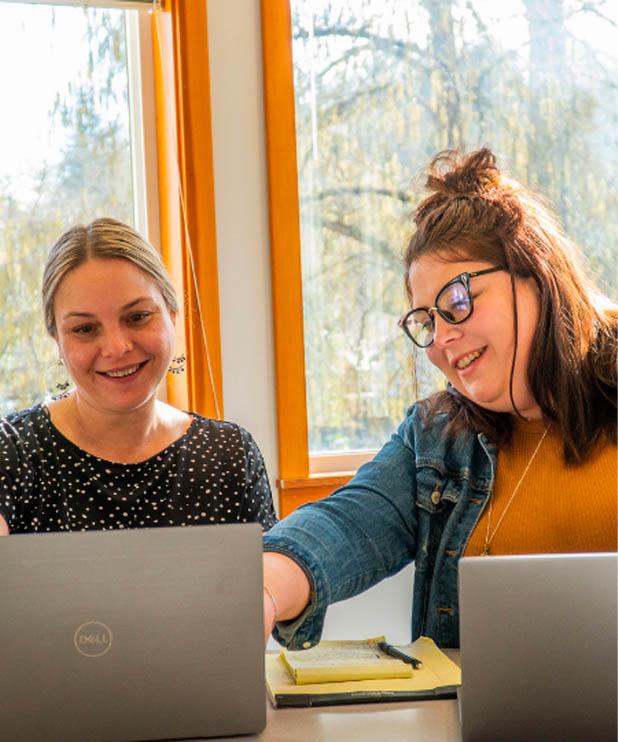
How did we get here?
The Ford Institute for Community Building was born in 2002 out of the recognition that rural residents have the ability and desire to shape their community’s future. From there, the Ford Institute Leadership Program was developed and by 2016 had graduated over 6,000 community leaders in 92 rural hubs.
We have since changed our name to the Rural Community Building department, and today we are inspired by the work of those leaders and the work ahead. Support for rural Oregon and Siskiyou County, California communities — and the builders within them — is woven into everything we do.
Learn more about how we work directly with people like you (PDF).
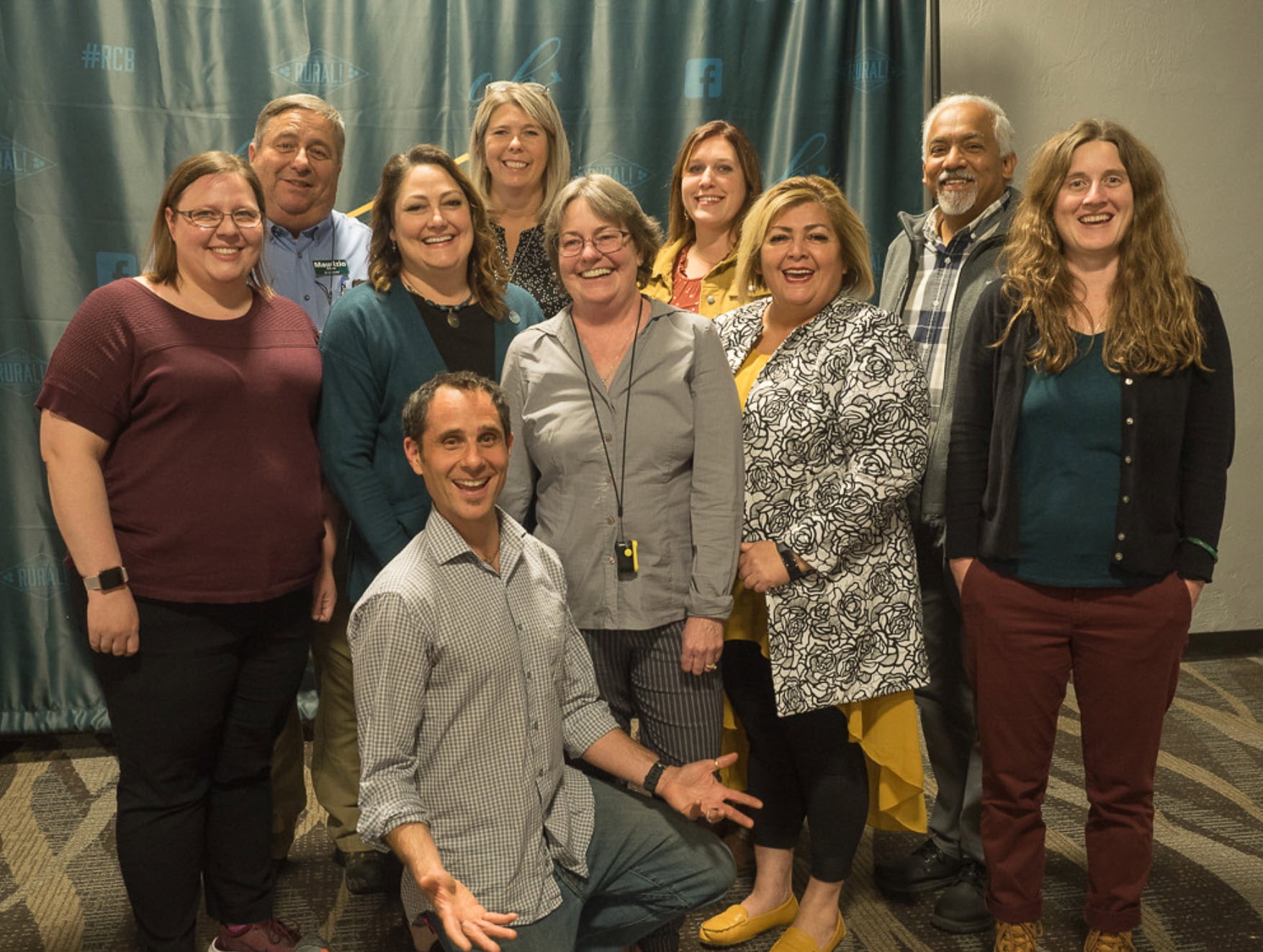
Contact us
Interested in learning more about rural community building? The Rural Community Building team loves to talk about their work. Please feel free to contact us.
RCB contact form
"*" indicates required fields


